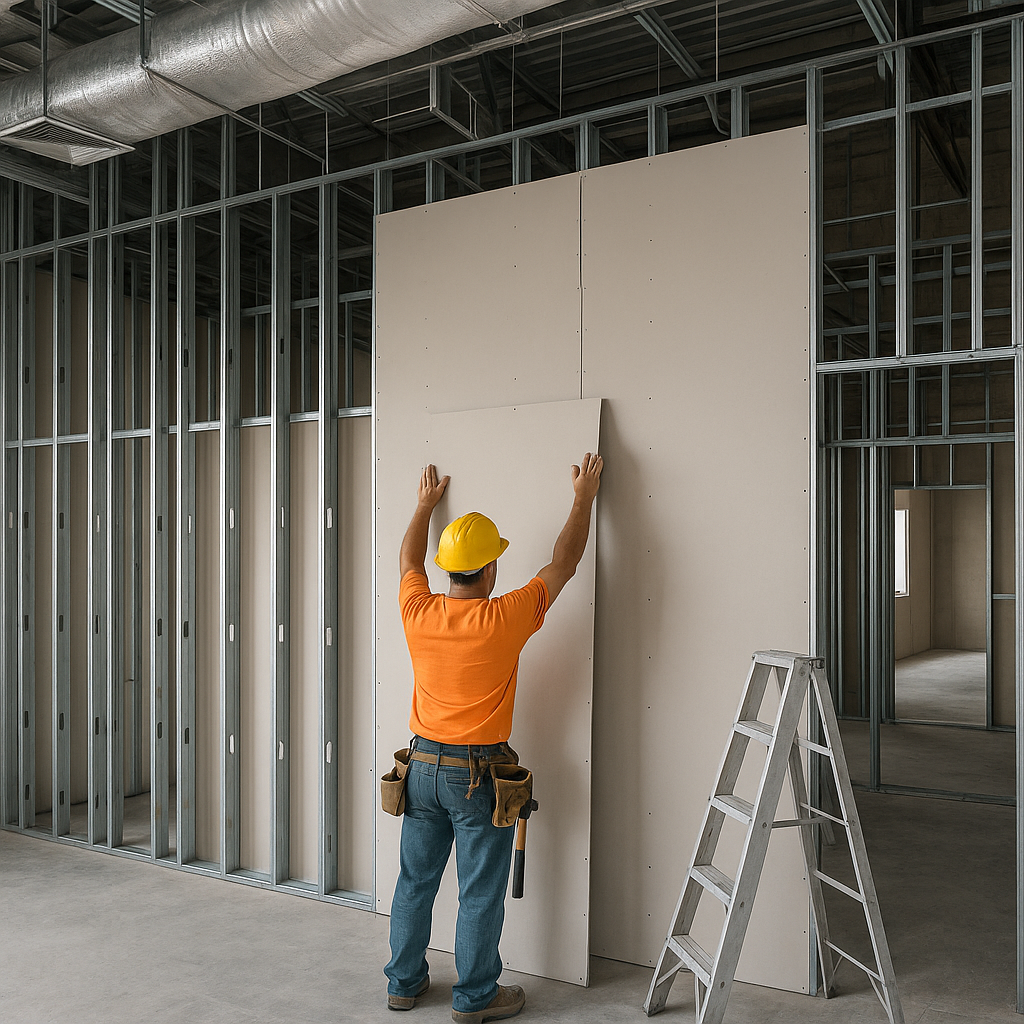
Estimating multi-layer drywall systems presents a unique challenge that goes beyond counting sheets and measuring square footage. These assemblies—used for soundproofing, fire resistance, and moisture protection—require precise labor, material, and sequencing assumptions. Without a robust estimation framework, these systems can quickly derail project budgets and schedules. For architects, engineers, and general contractors, understanding how to approach multi-layer drywall estimating is essential to delivering predictable outcomes.
Unlike single-layer walls, multi-layer drywall systems introduce variables at every level—thickness, fastener types, staging logistics, and installation complexity. Errors in these assumptions can lead to underbidding or field change orders that hurt profitability and project momentum.
When estimating these systems, a clear layer-by-layer approach should be followed:
Each of these must be quantified separately and multiplied by adjusted labor units to reflect real-world production rates.
Multi-layer assemblies are rarely modeled in full detail in 3D or 2D plans. This often leaves estimators relying on notes, UL references, or historical bid data. Active Estimating enables rapid application of intelligent assemblies tied to production-based logic. Estimators can instantly apply the correct system based on wall type, height, and specification, ensuring no layers are missed and labor costs are accurately projected.
On a healthcare tower project, the base takeoff counted wall square footage, but ignored the three-layer wall assembly (two Type X boards and a finish layer). Field installation hours exceeded estimates by 38%. Once the discrepancy was identified, the team used drywall estimating templates from Active Estimating to retrofit the estimate with correct labor units and accessories—preventing similar issues on the next building phase.
Estimators using platforms that support 3D model overlays and detailed layering logic can share visual confirmation of assemblies with project managers, superintendents, and trade partners. This shared visibility reduces the likelihood of missed scope and improves stakeholder alignment from day one.
Multi-layer drywall systems add performance value—but also complexity. Accurate estimating requires more than just doubling quantities; it demands a structured, transparent approach that accounts for each layer’s cost, labor, and sequencing. By leveraging structured workflows and intelligent templates, Active Estimating ensures no layer gets overlooked—and every detail contributes to a more reliable estimate.
Contact Information:
Active Estimating
508 2nd Street, Suite 208
Davis
California
95616
Rich Schoener
richard@activeestimating.com
(877)
Schedule a personalized demo to see how Active Estimating can work for your specific needs.
